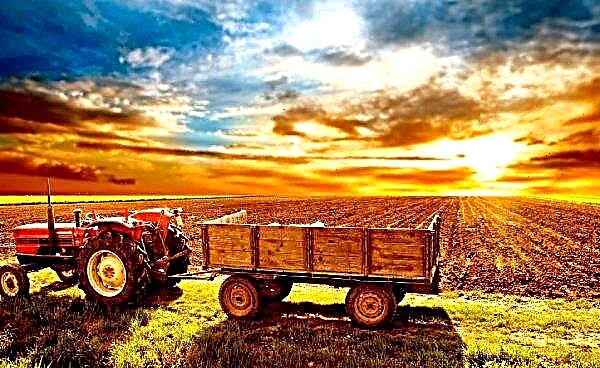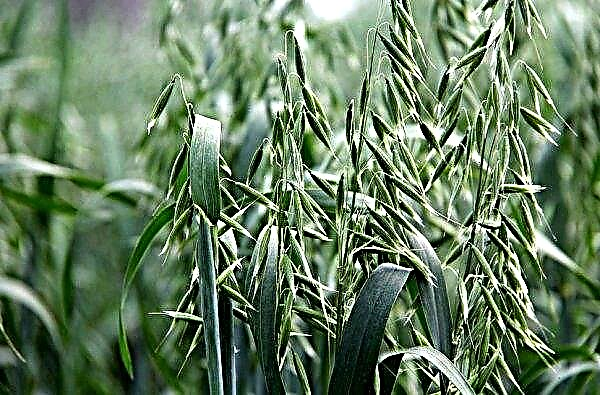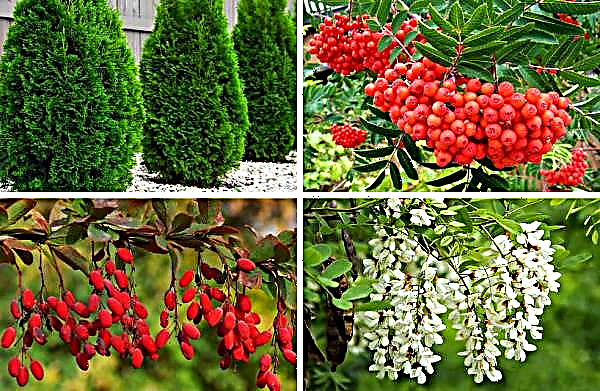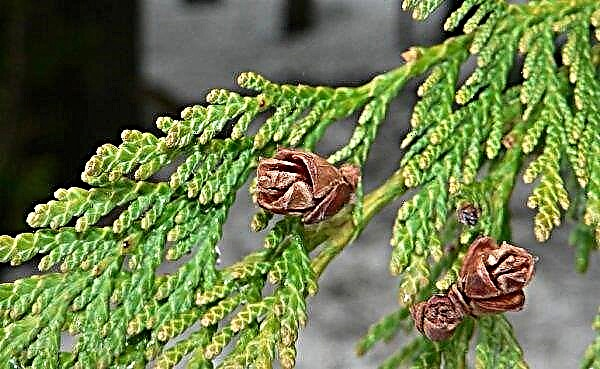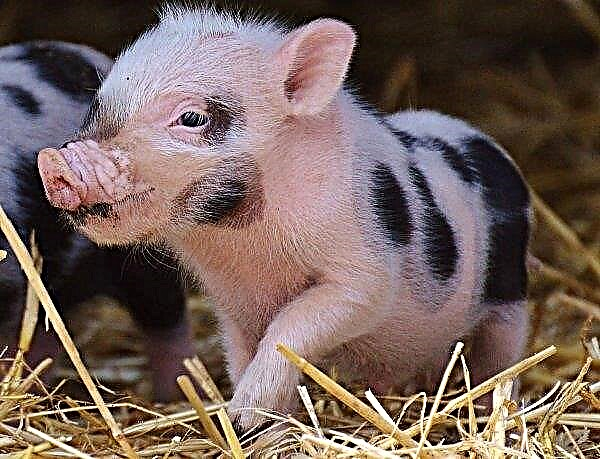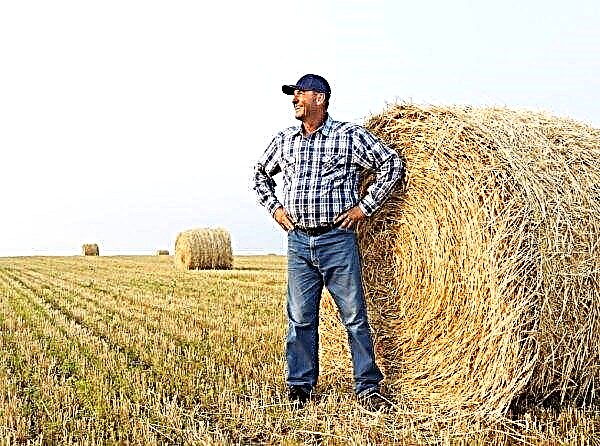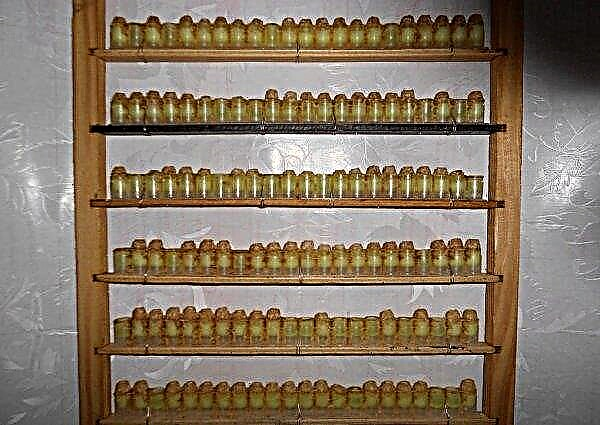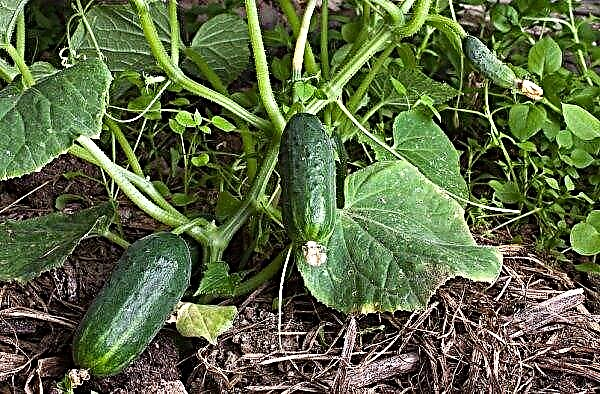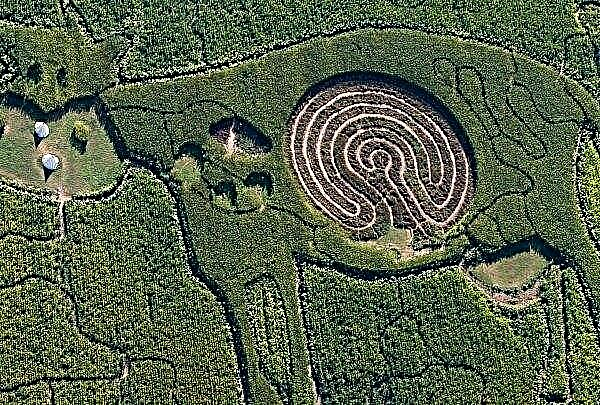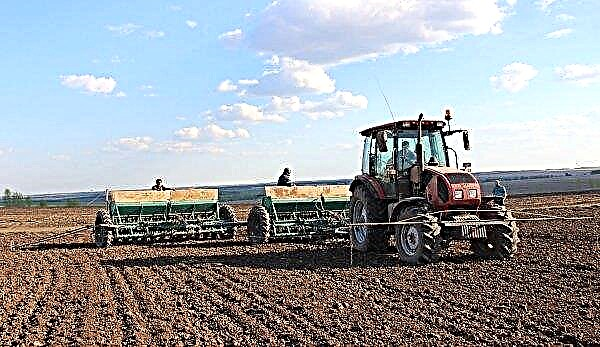Modern landscape designers strive to create harmonious compositions on the site so that beauty is combined with comfort. Whether the garden is full of bright colors or is designed in a simple style, conifers are indispensable participants in the process of improvement. Junipers combine beautifully with various trees and flowers. Scaly (squamate) Blue Test is no exception.
Botanical Description
Blue Swede (Juniperus squamata Hunnetorp) is an evergreen, slowly growing compact shrub of the Cypress family, with an annual growth of no more than 8 cm. At the age of ten, it reaches 0.5 m in height and 1 m in crown diameter. The maximum that is characteristic of it is 1.5 × 2.5 m.
 The young bush has a crown in the form of a pillow with branches growing parallel to the ground.
The young bush has a crown in the form of a pillow with branches growing parallel to the ground.
In the process of growth, the direction changes, the shoots rush up, and their ends hang downward, creating a weeping form. The needles are up to 0.1 cm long, it is stiff and prickly. In the spring-summer period, the needles are painted in a bluish-green color, in the cold season they are silver.
Fruits are cone berries of a rounded shape, saturated blue with a blue dusting, up to 9 mm long. Shoots of young specimens of green shade, needles on them are not densely located. With growth, the branches become long and turn brown, have a scaly structure.
Important! Juniper needles and branches contain toxic substances, therefore, if plant juice gets on the skin and mucous membranes, immediately wash the damaged area with plenty of water.
Blue Test (also known as Blue Swede or Swede) has a deep, weakly branched root system. On heavy soils - surface, poorly fixed, poorly tolerates wind gusts, but resistant to frost. The variety is not demanding on soil fertility, it develops well in the conditions of the city (smog and other air pollution).

Landing
Juniper, like most of its relatives, can breed in three ways:
- layering;
- by seeds;
- seedlings (grown by cuttings).
More practical last option (high survival rate, safety of varietal qualities, etc.). This landing will be discussed.
Important! Nitrogen-containing fertilizers (manure, compost, etc.) are not used for feeding junipers, because they provoke the development of fungal infections.
Planting should be done in the spring, when the soil is warmed up and there are no frosts. The place is chosen sunny with slight shading. The plant is drought tolerant, so the soil should be moderately moist, not saline with a slightly acidic or alkaline reaction. Close passage of groundwater is not allowed. Clay soils are corrected with sand and wood ash (2 tablespoons / 1 m²), alkaline soils are corrected with lime (up to 200 g / 1 m²).
 Special attention should be paid to planting material.
Special attention should be paid to planting material.
It is necessary to acquire it only in farms specialized in growing conifers. The seedling should be in the container, the roots should not come out, needles of saturated color without spots and plaque, not dry. The shoots are flexible, the bark is not damaged. There should also be no smudges of resin.
Landing Stages:
- Prepare a planting mixture (turf soil, sand, peat in a ratio of 1: 1: 2) and a drainage layer (broken pieces of brick, coarse sand, pebbles, etc.).
- With group planting, the distance between the bushes should be at least half a meter.
- Dig a hole at least 2 times the size of an earthen coma, but not less than 70 cm deep and wide.
- At the bottom, lay a 20-cm layer of drainage, pour a third of the landing mixture on top.
- To moisten the earth in the container with a seedling and in a landing hole.
- After absorbing the liquid, carefully remove the plant along with a lump of earth and transfer it to the center of the recess.
- Fill with soil and tamp, while the root neck should remain at ground level.
- Then make a near-stem circle, pour 5–7 L of water and apply a mulching (protective) layer of wood chips, leaves, peat, etc., about 7–10 cm high.
 In the first week after planting, the plant needs daily watering.
In the first week after planting, the plant needs daily watering.
Juniper Care
Blue Test does not require special gardener skills.
Simple agricultural techniques are enough for a variety to develop well, namely:
- watering in the dry period requires moderate but regular (avoid stagnation of fluid under the bush);
- after irrigation, the earth must be loosened (a mulching layer will help to avoid this);
- at least once every 7 days, it is necessary to spray needles with warm water from the spray gun (after sunset);
- in April - May they add to the soil Nitroammofosku (30–40 g / 1 m²);
- biennial plants in the spring are fed with complex mineral additives for conifers ("Biopon", "Actiwin"), 30–40 g under the bush, followed by loosening and watering;
- pruning is necessary only sanitary (remove dried and broken branches), sometimes resort to a forming haircut (if a new shoot spoils the appearance of the bush). After the procedure, the places of cuts are treated with garden varieties;
- in the first year after planting, the plants are covered with spruce branches for the winter, and in subsequent years the shoots are tied together to avoid damage during heavy snowfalls.
Did you know? The coal basin near Moscow was opened thanks to juniper. After all, its thickets are often formed near the occurrence of coal seams.
This variety may occasionally be affected by mushroom. rust and gray mold. In order to avoid diseases, it is worthwhile to adhere to the recommended distance between the bushes, as well as for the prevention of needles, spray with copper-containing preparations ("Khom", "Abiga-Peak") in early spring and autumn.
If infection could not be avoided, damaged shoots are removed and disposed of off-site, and the plants and the soil around them are treated with Oksikhom fungicide and Bordeaux fluid. Apply according to the instructions to the drug.

In case of defeat scale and moths are sprayed with insecticides (Aktara, Aktelik). Acaricidal drugs (Apollo, Envidor) are used against ticks.
Another major problem for juniper is sunburn. They are easily distinguishable: in the early spring on one side the needles turn yellow, the ends of the shoots dry out. This phenomenon spoils the decorative appearance of the plant, so damaged parts must be removed.
Did you know? In cabinets made of juniper wood does not start a mole.
The autumn cover will help to solve the problem with material (agrofibre) that lets air through, or with the advent of spring, sprinkle snow under the bushes with earth, peat or sawdust, because it is the reflection of sunlight from the snow cover that leads to burns.

Use in landscape design
Blue Test looks decorative both in solitary landings and in group compositions of park zones and among stones. It can be used as a groundcover (to strengthen slopes and cover slopes). Looks good on rocky terrain and rock gardens.
Container landings are practiced on terraces, balconies and roofs. Juniper can be planted in tandem with heather, Erica, creeping pine, roses, cereals, etc. It looks great on flower beds with bright decorative flowers decorated with pebbles.

Based on the foregoing, Blue Test has widespread use, allowing to translate into reality almost any landscape decisions and desires of the gardener. The shrub is easy to care for, practically does not suffer from diseases and pests. He is not afraid of heat and cold. With proper agricultural technology, it will delight with decorativeness and purify the air for hundreds of years.

